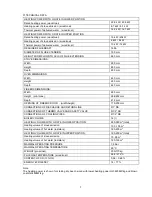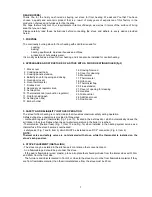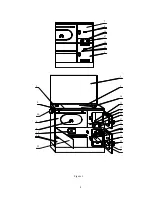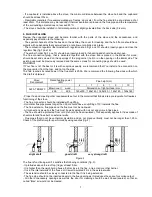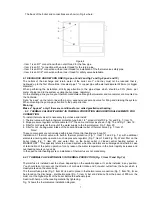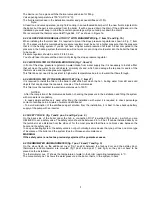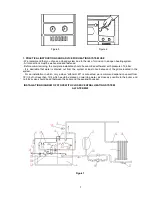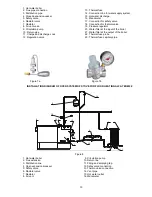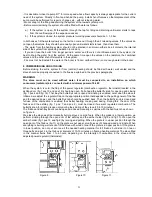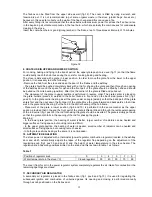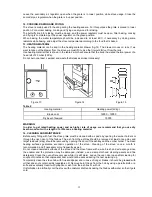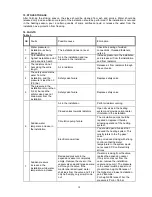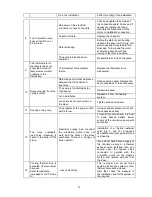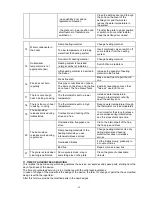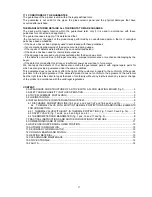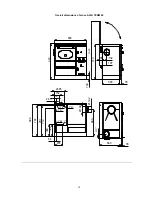
13
Leave the secondary air regulator open when the grate is in lower position while stove usage. Close the
secondary air regulator when the grate is in upper position.
12. COOKING, BAKING AND FRYING
The stove is mainly used for heating during the heating season. For this purpose the grate is placed in lower
position. For quicker baking, cooking and frying use dry wood for stoking.
The butterfly knob for stoking must be closed, and the power regulator must be open. After baking, cooking
and frying is completed, put the power regulator on the green position.
When baking, the water temperature should be increased to at least 60
C, if necessary by closing some
radiators while baking, and adjust the stove temperature according to the food that is baked.
13. HEATING MATERIAL
The heating material can be kept in the heating material drawer (fig.14). The drawer moves on rails. If we
want to take out the drawer from the stove we must lift it up so that it would fall out from the rails.
Use heating material that is shown in the table 2 which will ensure that the boiler has rated thermal power of a
flue draft of 20 mbar (20Pa).
Do not burn coal dust, sawdust and waste that releases smoke intensively!
Figure 13
Figure 14
Figure 15
Table 2
Heating material
Heating power (kJ/kg.)
Brown coal
15000
– 19000
Dry beech firewood
15300
WARNING:
In order to get rated heating power and as higher rate of usage, we recommend that you use dry
beech wood cut with a length of L=33cm as a heating material.
14. CLEANING AND MAINTENACE
Before every filling with fuel, the stove grate must be cleaned with a spade by opening the ember holders or
through the open door of the firebox. The ash from the ashtray should be removed at least once a day and
larger residues (slag) should be removed by opening the door of the ashtray and the ember holder. The clean
heating surfaces guarantee economic operation of the stove. Cleaning of the stove once a month is
recommended, and if necessary more frequently as well.
Do not clean enameled surfaces of the stove and the stove frame with a wire brush and wire sponge since
the enamel and the protection may be damaged, instead, use a damp cloth and cleaning assets and fine
detergents. Clean the oven after every use while it is still warm. Leave the oven door open after cleaning for
couple of minutes so that unpleasant odor would not be sensed during the next warming up.
Temporarily clean the stove hob with fine sandpaper and in case of longer brakes it should be greased with
oil that does not contain acids (vegetable oil). Remove burnt things from the hob by using a palette knife or a
knife and eventually treat it with graphite or ash from the ash box or with oil.
It is forbidden to artificially cool the stove with unnatural draft and soaking the firebox with water so that it gets
cold.


